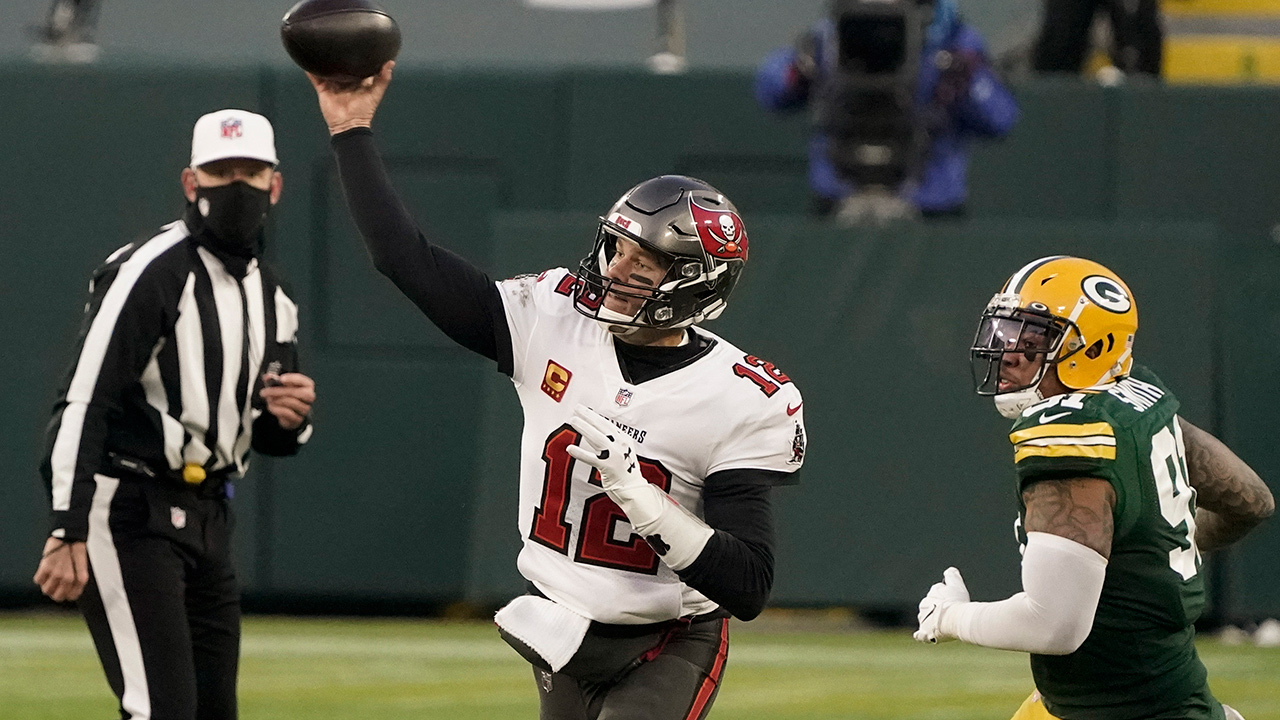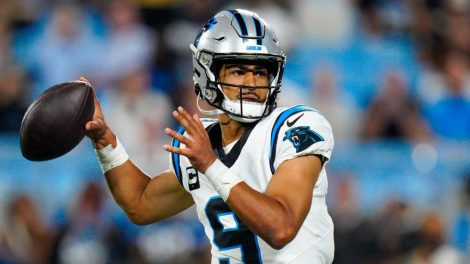Kevin Malone drove to Candlestick Park with great anticipation. The year was 1995, and the Montreal Expos were in San Francisco to take on the Giants for a four-game series.
Malone, the Expos’ general manager, had a clear mission for his trip to the west coast. He wanted to get an up-close look at a catcher from San Mateo, Calif., whom his team had selected in the 18th round of the 1995 MLB Draft.
Before the Expos and Giants took to the field, Malone and John Hughes, one of the Expos’ California scouts, invited the teenager onto the diamond for a batting-practice session. Hughes had watched the young catcher play for his high school team throughout the year. Now he wanted to see his skills at a big-league ballpark.
The session didn’t disappoint. Without being talkative or brash, the prospect turned heads with his powerful throws from home plate and a natural swing that crushed balls into the Bay Area sky. As he chatted with members of the Expos organization, the youngster gave off a winner’s persona, without having played a single inning of college or professional baseball.
"He had the chance to be a major-league all-star catcher," Malone said.
Of course, the prospect had other plans. Thomas Edward Patrick Brady Jr., known to many simply as Tom, eventually opted to trade his catcher’s equipment and bat for shoulder pads and a football. On Sunday, Brady will play in his 10th Super Bowl, almost 26 years after the Expos drafted him.
But still, one can’t help but wonder what would’ve happened had he elected to stay on the diamond.
[relatedlinks]
The youngest of four kids, Brady was far from the only athlete in his family. All three of his sisters excelled on the sports field. Maureen was a nationally recognized softball pitcher. Julie was a star on the soccer pitch, earning multiple scholarships. Nancy also succeeded in softball.
Growing up with athletic siblings planted the competitive seed for Brady. His parents, Thomas and Galynn, supported his athletic endeavours, and Tom played football, baseball and basketball at Junipero Serra High School in San Mateo, a school that boasts Barry Bonds, Jim Fregosi and Greg Jefferies as alumni.
Brady first met his high school baseball coach, Pete Jensen, in an architecture class where he learned to build models of vacation homes. The attention to detail and desire for perfection on display in class also showed up behind the plate, where Brady was a left-handed catcher.
"He could really catch and throw," Jensen said. "He received the ball as good as anyone I’ve ever had."
To this day, Jensen believes Brady possessed big-league talent.
"He fit the prototypical size and hitting requirements for catchers," the coach said. "I thought he was going to be amazing."
Jensen recalled a game where Serra played Bellarmine Prep, a school located in Tacoma, Wash. In one at-bat, Brady crushed a ball that sailed out of the ballpark onto the team bus in the right-field parking lot.
Safe to say the bus driver was startled.
"He was shocked," Jensen said.
According to Monday Morning Quarterback, Brady hit .311 with eight home runs, 11 doubles and 44 RBI in his two years of playing varsity baseball with the Serra Padres. Beyond his performance on the field, Brady connected with his teammates, injecting confidence throughout the whole team.
"They looked up to him," Jensen said. "He got along with everybody."
In Brady’s senior year, Higgins, the Expos’ California scout, began attending his games frequently.
"He just kept getting better and better," Hughes said.
In mid-April, Hughes’s supervisor came to California to watch Brady play. The interest within the Expos organization grew, and it wasn’t just Brady’s on-field play that impressed Hughes.
"There was just this air about him," Hughes said. "It looked like he belonged in a big-league locker room, just by the way he carried himself. He was sincere — he just had this presence about him."
Hughes recalled introducing Brady to several Expos players in the clubhouse on the day of their meeting at Candlestick Park, including outfielder F.P. Santangelo. A little while later, he noticed Brady sitting on a stool in front of one of the player lockers.
"Five or six players were standing around him," Hughes said. "It was like Tom’s holding court over there."
That day, the future Super Bowl champ and the assembled Expos players discussed the possibility of him playing college football at the University of Michigan. Despite Brady’s baseball talent, his primary goal was to play quarterback for the Wolverines.
The Expos knew this, but still believed he might pursue professional baseball, which is why the franchise selected him the draft. Hughes stressed that the organization rated Brady much higher than the 18th-round draft slot suggests.
"Where he got drafted is not indicative of how we had him evaluated as a player," Hughes said. "The only reason why he was still hanging around in the 18th round is that no one truly believed that he would sign. But at that point, we just said, ‘Let’s do it now.’"
Hughes spent the summer following Brady. This involved many meetings with Brady and his dad in which he tried to convince the youngster to forgo school to play baseball with the Expos.
Malone offered Brady a contract between $200,000 and $400,000 (USD). But neither the money, the ballpark, the uniform nor the camaraderie with teammates could change Brady’s mind — he wanted to pursue an education while playing NCAA football.
"We were hoping that we could persuade him," Malone said. "We thought he might have been attracted to fit in with us because he’s a strong family man. But we knew it was an extreme long shot. We weren’t surprised that he ended up going to Michigan."
The rest is history.
Starting quarterback at Michigan.
Sixth-round draft pick by the New England Patriots.
Emergency fill-in for injured quarterback Drew Bledsoe.
Six Super Bowl rings, with six game-winning drives.
Four Super Bowl MVPs.
Now, at an age when most athletes are enjoying retirement, the 43-year-old Brady is playing on the sport’s grandest stage. Just like in his high school days as a catcher, Brady’s competitive edge remains, as does his connection and devotion to his team.
"I chose team sports for a reason: because I love having teammates. I love sharing those experiences with those guys and I love seeing those guys reach their potential," Brady said during Super Bowl media day.
And those who saw him play baseball back in the day have no doubt that the sport helped set him up for success in his role as an NFL quarterback.
"Just like being a catcher, a quarterback is a position of leadership," Hughes said. "To be a catcher, you got to have good footwork, quick feet, throw the ball to second base, and arm strength. The way the arm works is a similar throwing motion for a catcher as it is a quarterback. They add up together."
Brady never played a game at Olympic Stadium in Montreal, and how much MLB success he would’ve had will remain one of sports’ great "what if" questions. But there are clearly those who believe he had what it took.
"I had seven catchers that ended up playing professional baseball," said Jensen. "And he was better than all of them."









